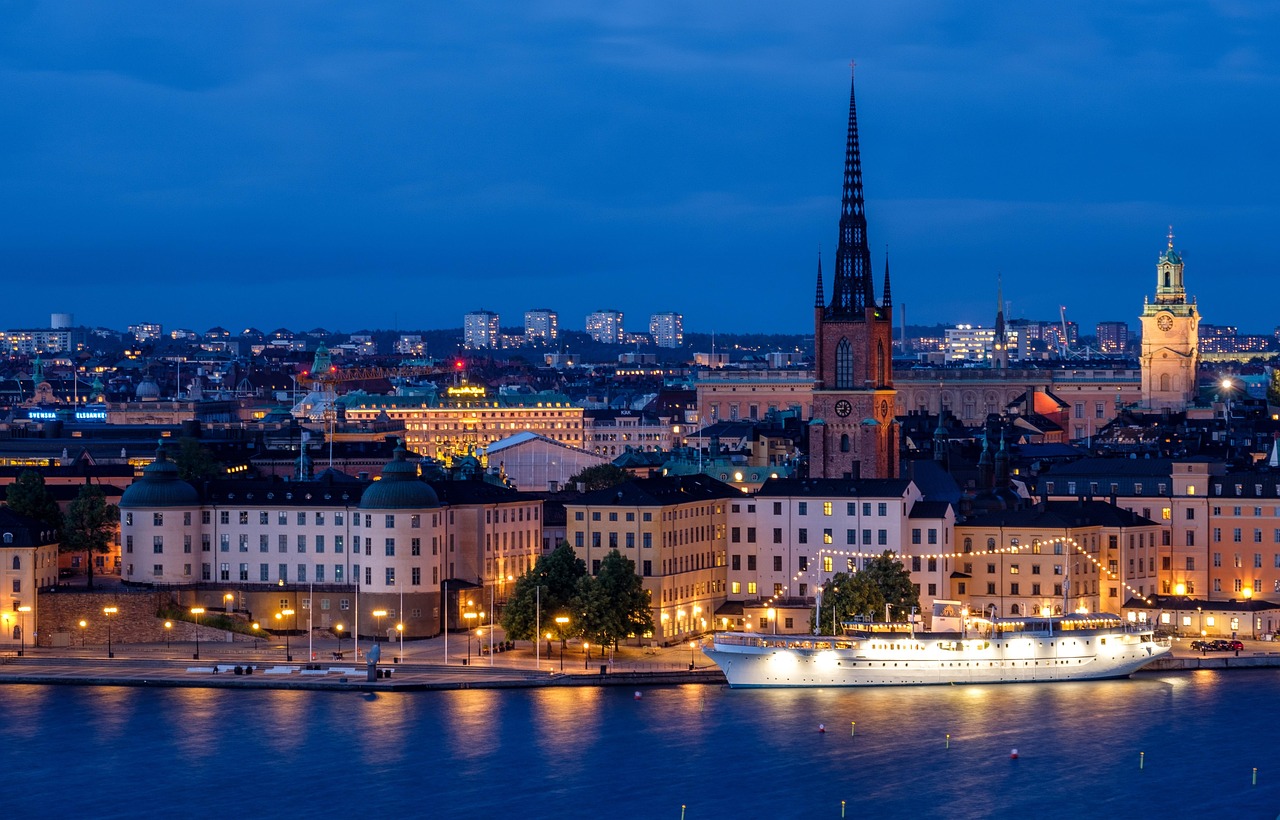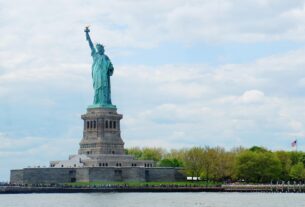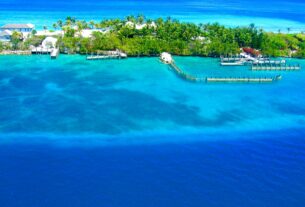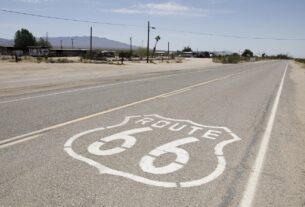Discover the 7 most stunning islands to visit in the Stockholm Archipelago — a perfect blend of nature, history, and Swedish charm just minutes from the city.
🌴 Get Your FREE Bahamas Checklist!
Perfect for planning your island escape 🌊
We respect your privacy. Unsubscribe anytime.
Powered by greattravelnews.com
🌍 Introduction: A Hidden Nordic Paradise
Just beyond the buzzing city of Stockholm lies one of Sweden’s most magical natural wonders: the Stockholm Archipelago. With over 30,000 islands, islets, and skerries, this sprawling chain offers the ultimate escape for nature lovers, photographers, kayakers, and anyone seeking quiet coastal charm. But where do you begin?
We’ve narrowed it down to 7 unmissable islands that offer the perfect combination of scenic beauty, local culture, and accessibility. Whether you’re visiting for a day or planning an extended archipelago adventure, these destinations are sure to capture your heart.
🏝️ 1. Vaxholm – The Gateway to the Archipelago
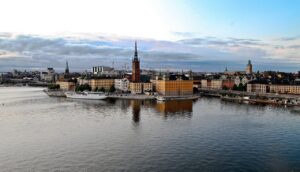
Best for: History, cozy cafés, and scenic strolls.
Often called the “capital” of the archipelago, Vaxholm is just an hour from central Stockholm and makes for a perfect first stop. With its charming wooden houses, harborfront eateries, and the iconic Vaxholm Fortress, it’s a mix of culture and coastal relaxation.
🚤 How to get there: Regular ferries from Stockholm or a quick bus ride.
🌲 2. Grinda – For Nature and Swimming Spots
Best for: Hiking, swimming, and peaceful nature.
Grinda is a favorite among locals for a reason. It’s part nature reserve, part island paradise. Walk through pine forests, sunbathe on warm cliffs, or dive into the Baltic from one of the many rocky beaches.
🏕️ Insider tip: Spend the night at Grinda Wärdshus for beautiful views and a relaxing stay.
🏘️ 3. Sandhamn – For Sailing and Nightlife
Best for: Yachting, dining, and summer crowds.
A vibrant summer hotspot, Sandhamn mixes island tradition with lively cafés and bars. You’ll see sailboats everywhere, as this is the go-to stop for Sweden’s boating crowd. Its sandy beaches and quaint streets make it perfect for a sunny day out.
🍷 Don’t miss: Seafood lunch at Sandhamns Värdshus and a coastal walk to Trouville beach.
🐚 4. Fjäderholmarna – The Closest Island Getaway
Best for: Quick visits, craft shops, and foodies.
Only 30 minutes from Stockholm by boat, Fjäderholmarna is the easiest way to get a taste of archipelago life. Enjoy smoked fish, browse Swedish handicrafts, and take in beautiful sea views without leaving the city far behind.
🕒 Perfect for: Half-day trips or evening dinners by the water.
🏡 5. Möja – For a Glimpse of Island Life
Best for: Authentic culture and cycling adventures.
Möja is a living, working island where locals still fish and farm. You’ll find red cottages, small cafés, and peaceful bike paths. This is the archipelago without the crowds—perfect for travelers looking for an off-the-beaten-path vibe.
🚴 Do this: Rent a bike and explore the entire island in a few hours.
🌄 6. Utö – For Mining History and Stunning Nature
Best for: Outdoor activities and historical exploration.
Utö is home to one of Sweden’s oldest iron mines, which you can explore today. Afterward, enjoy hiking trails, beaches, or even kayaking. It’s one of the larger islands, offering everything from boutique hotels to adventure sports.
🎣 Bonus: Go fishing or rent a kayak for a full outdoor experience.
🌿 7. Svartsö – The Tranquil Escape
Best for: Solitude and slow travel.
For ultimate peace, Svartsö is a true gem. It’s largely undeveloped, with forests, meadows, and a few picturesque lakes. Ideal for long walks, meditation, or simply escaping the noise of modern life.
🏨 Stay at: Svartsö Logi – glamping tents right on the shoreline!
✅ Tips for Touring the Stockholm Archipelago
-
Use Waxholmsbolaget Ferries: Affordable and scenic public ferries with year-round service.
-
Buy a SL Travel Card: Covers some ferry routes if you already have Stockholm transit passes.
-
Pack layers: Even in summer, the sea breeze can get chilly.
-
Start early: Ferries can fill up quickly on weekends—arrive early or book ahead if possible.
📍 Final Thoughts
The Stockholm Archipelago is one of Europe’s most underrated travel gems. Just a short ferry ride from the city, you can experience untouched nature, charming villages, and authentic Swedish island life. Whether you’re visiting one island or touring several, these 7 breathtaking destinations will help you make the most of your archipelago adventure.

